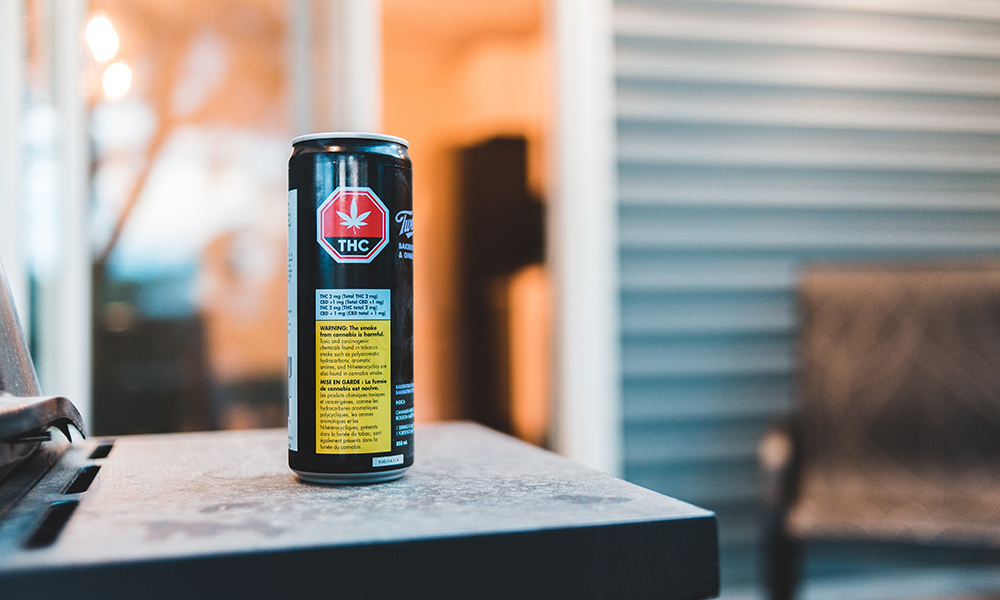Legal cannabis is a wonderful thing. Sure, you have to pay taxes on your dispensary purchases — in California, that’s 15% — but you also have access to safe, lab-tested products. However, these cannabis products also come with complicated-looking labels that may be difficult for you to understand.
There’s a lot of information on cannabis labels, and decoding them can be challenging at first. Let’s go over the information often printed on these labels to help you better understand how to read them.
The Importance of Cannabis Labels
Cannabis labels provide some important details about the products they accompany — including the amounts of THC and CBD, a bit about major terpenes included, and safety test results.
Everything on a cannabis label helps you to understand more about the product within. The printed information on it can help you determine if the product is something you’d want to buy and use. Without a cannabis label, you would have no way of knowing or verifying the potency of a product — and you can’t be sure that it’s free of potentially dangerous chemicals.
What You Can Find on Cannabis Labels
Let’s take a closer look at some of the information you’ll find on cannabis labels on products that line dispensary shelves.
General Info
Some of what you find on a cannabis label is self-explanatory. General information includes:
- The name of the strain
- Whether it’s an indica or sativa
- The grower of the cannabis plant
- Testing date
- The name of the lab
- The expiration date of the testing results — not the product itself
- Legal compliance information
Cannabinoid Content
A cannabis label provides information about the THC and CBD content in the product. You may also see details about additional cannabinoids like CBC, CBG, and CBN.
You’ll find the total THC amount, which represents how much THC is available for use. In most cases, the label shows the number as a percentage — but edibles show THC in milligrams. THCA shows the amount of the precursor to THC, which needs to be heated to be activated. The higher the THCA number, the more psychoactive the product.
When it comes to CBD, you’ll see both CBD and CBDA content. CBD content refers to the amount of active CBD that exists in the product. CBDA shows the CBD potential.
Terpene Profile
There will also be information regarding the most abundant terpenes in the product. These flavor and aroma compounds provide additional benefits. Knowing which ones are in a product can help you determine what effects you can expect.
Chemicals, Mold, Mildew, and Mycotoxins
You’ll also come across testing results for various chemicals, mold, mildew, and fungus. States have limits for acceptable amounts of chemicals and other potentially harmful compounds in cannabis. The label will let you know if the product passed or failed the required testing.
The Future of Cannabis Product Labeling
Cannabis labeling is an ever-evolving topic. As we learn more about the plant and its benefits, we may see labels that provide more than just general and safety information. They may become more in-depth and provide more insights into the nuances of the plant.
For now — and in the future — you can always ask a budtender at your local dispensary for further information.


